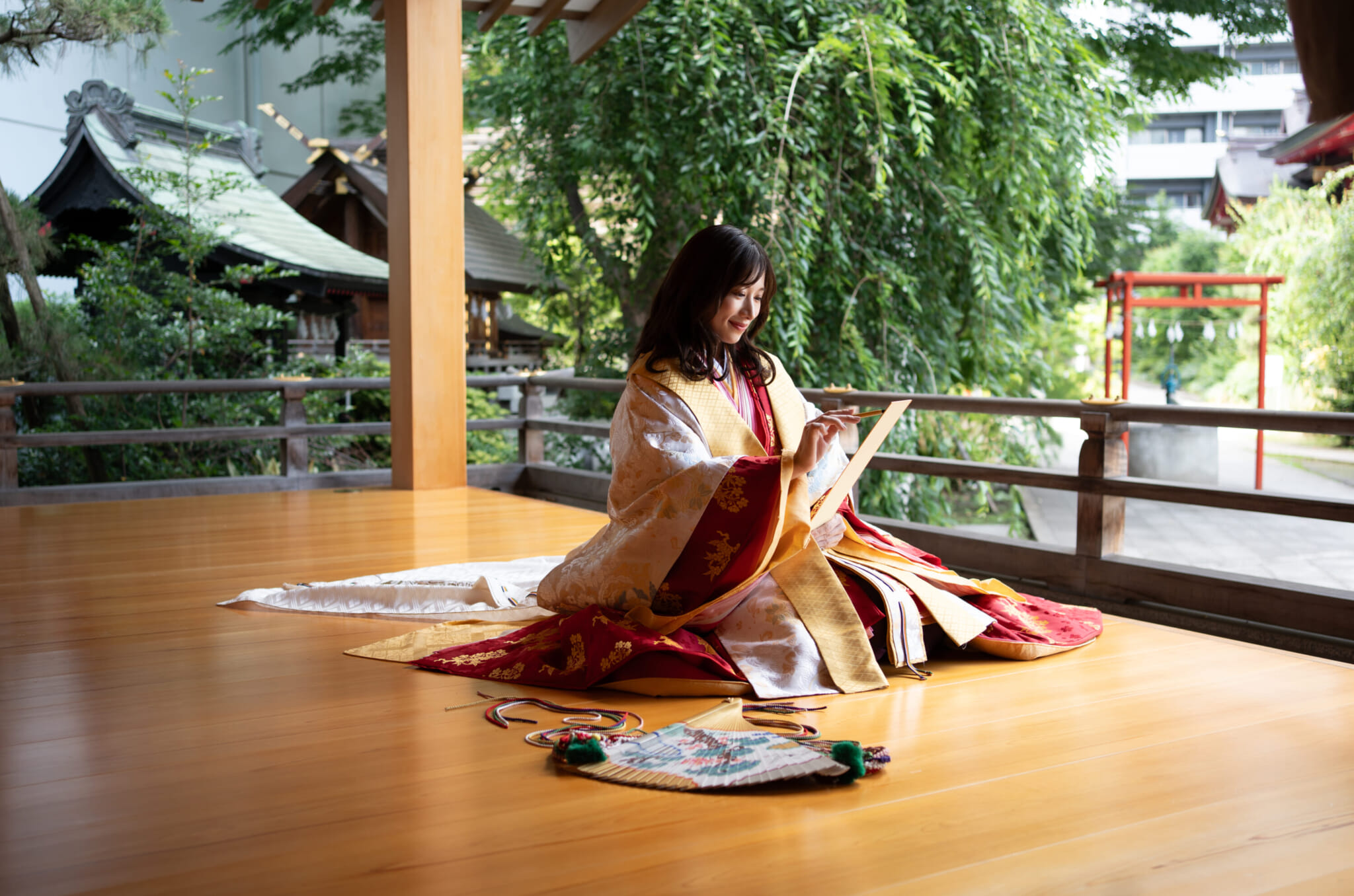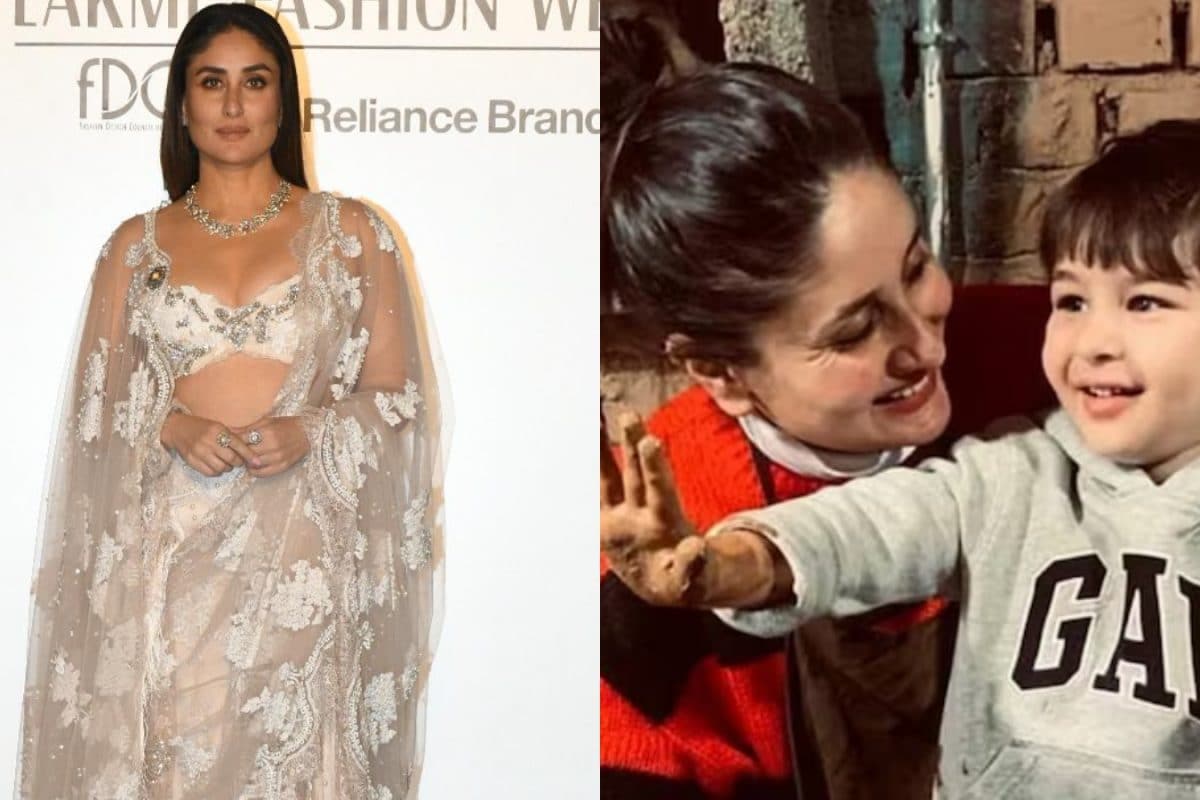Donning a kimono is quite the experience. Though the dressing process may look relatively straightforward at a glance, it is anything but. Requiring meticulous attentiveness to make sure every piece is in its proper place , the process of dressing in a kimono is a true art form that takes years of practice to master.
Recently, an abundance of studios and rental shops offering kimono-wearing experiences have opened across Japan, allowing customers the chance to partake in this ancient art. Among these, Juunihitoe Tokyo stands out. It focuses on junihitoe, a highly formal and elaborate type of kimono typically worn by aristocrats, particularly in historical court settings.

It provides visitors with the rare chance to put on one of these exquisite, multilayered garments, allowing for a new understanding and appreciation of Japan’s traditional clothing and the societies in which these items were worn. What Is a Junihitoe? Multiple Layers of History, Culture and Art Junihitoe means “12 layers.” This style of kimono is associated with the Heian period (795 to 1185), and it was worn by noble women and ladies-in-waiting of the imperial court.
The imperial family still wears the regalia today, though rarely — just for special ceremonial occasions like weddings and enthronement ceremonies. As the name suggests, junihitoe are composed of numerous robes, though not necessarily 12. These layers are meticulously arranged, each one serving an aesthetic and symbolic purpose, with spe.

























